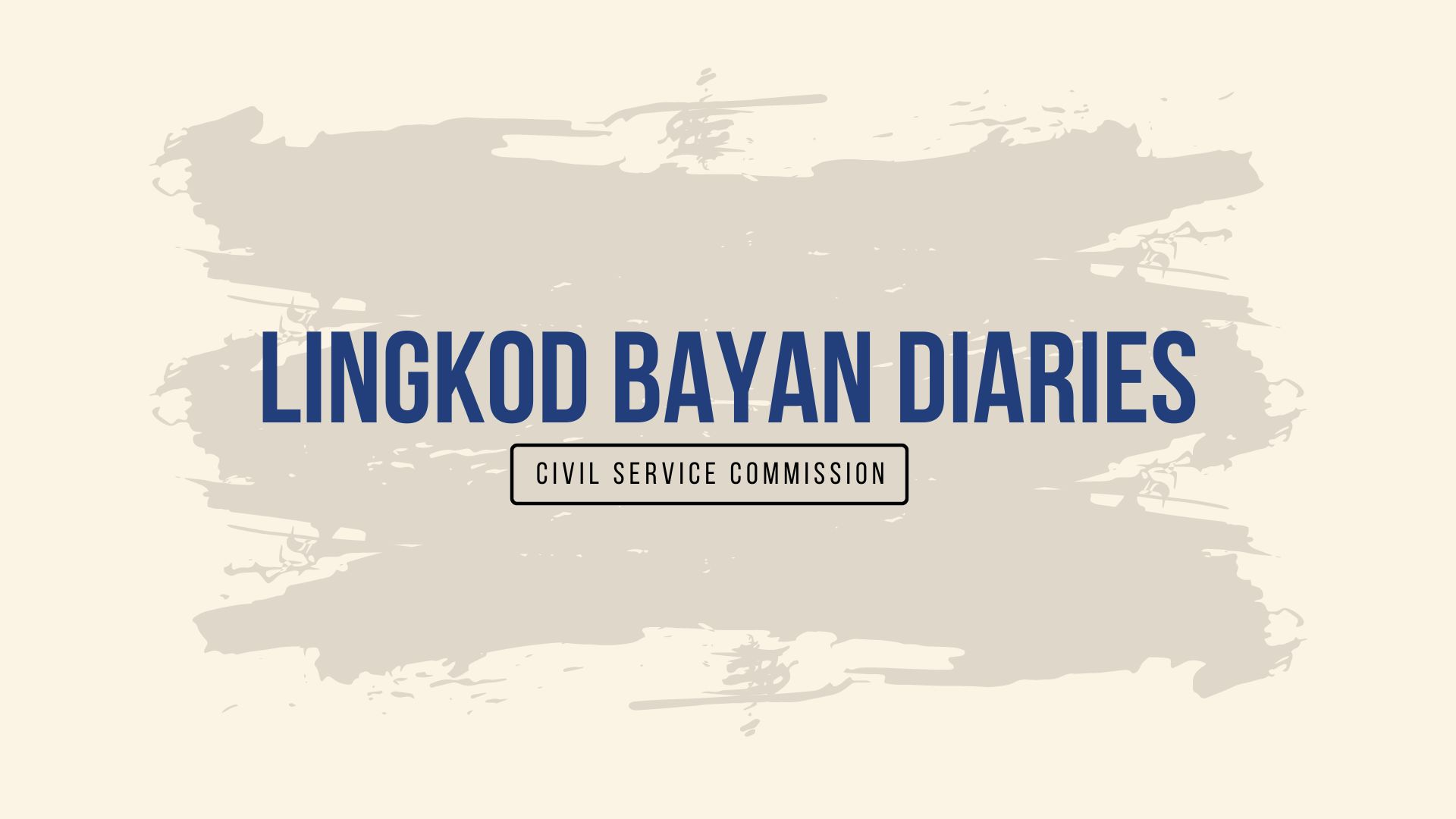“A healthy citizenry equals a productive citizenry, equals a productive country.” Department of Science and Technology (DOST) Region XI Assistant Regional Director Elsie Mae A. Solidum thus summed up her talk titled “Why it makes sense to invest in healthcare innovation” during the recent Innovation Expo 2012 held at the Abreeza Mall in Davao City.
Bringing the Expo to the provinces such as Davao is very important, Solidum said. This is due to the fact that the quality of health service in rural districts especially the far-flung regions is crippled because of the strong demand for highly skilled medical professionals in the big, progressive cities, making doctors and nurses flock to these urban areas. Connectivity and accessibility to expert medical care then become serious problems in these localities.
This is where technology can bridge the gap, without necessarily adding cost to the service, said Solidum. The DOST official mentioned cellular phones and the Internet as strong, reliable tools to create such connectivity between doctors, nurses, and patients.
Innovation Expo is a project of DOST’s Information and Communications Technology Office and ICT Davao, in partnership with the Regional Health Research and Development Consortium-XI (RHRDC-XI). Bannered the theme “Enabling Innovation in Healthcare, Creative and ICT Industries”, the Expo was held in November to inform players of said industries and the public on the need to maximize the use of technological trends in the profession and promote the adoption of locally developed ICTs.
The initiative is in line with DOST Sec. Mario Montejo’s pitch of developing and using local technologies and the Department’s current thrusts of pushing further to the frontlines the healthcare and IT-business process outsourcing (BPO) industries. DOST-XI Regional Director Anthony Sales gave full support to the Expo, in regard to the fact that Davao tops the Next Wave Cities, or areas outside Metro Manila and Cebu that have the strongest potentials as BPO hub.
In affirming DOST’s commitment in support of advancements and modernization of the local health care sector, Solidum stated that the Department fulfills this task via its sectoral council, the Philippine Council for Health Research and Development. The council formulates policies, develops strategies, implements projects, and provides funding as it strengthens the feasibility and impact of these health innovations.
Meanwhile, in another talk, Engr. Wilfredo Nadela, vice president of Segworks Technologies Corporation said, “If we need our health care organizations to be more cost-effective, more organized, and more efficient, there is no other way but to invest in healthcare innovation.” Segworks is a frontrunner in southern Mindanao’s software industry.
Nadela discussed two dynamic areas in which hospitals and health facilities can effectively put innovations in place: IT tools and health information system portals.
According to him, IT tools which include electronic-based medical histories and records of patients will help assist physicians in evidence-based decision making. Health information system portals, on the other hand, will allow patients, doctors, and nurses to log on to their own secure portals for the necessary information – from the patient’s medical history, health status and progress, to medication, treatment and procedures.
“Personally, I think the Philippines needs health care innovations. China, Vietnam, and Singapore have better health care systems than we do,” claimed Nadela.
Adrian Flores, CEO of X2 Wave Corporation, a Davao-based software company specializing in health care solutions, further illustrated the benefits of incorporating results-driven technology within hospital systems via a presentation of the company’s high-impact software solutions. Among these is the Electronic Medical Record which has the full capability of sharing patient information with any health care facility or doctor as the need arises.
Innovation Expo 2012, which likewise served as a show window for Filipinos’ potential and high level of expertise in ICT, was attended by medical professionals, IT product developers, vendors, BPO service providers, and students, among others.
Investing in healthcare innovation
- Details
- Hits: 7387










